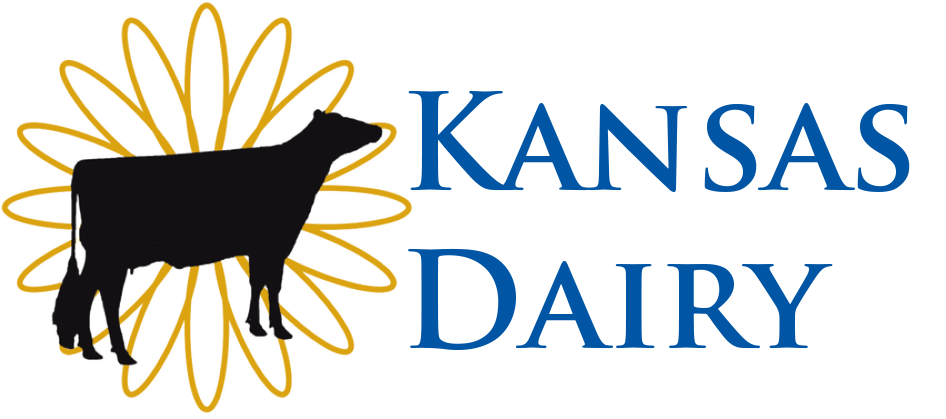Pathways: Strengthening the Kansas Animal Disease Response Plan
Heather Landsdowne, Public Information Officer, Kansas Department of Agriculture
Each December the Kansas Department of Agriculture conducts a multi-day functional exercise simulation of an outbreak of foot-and-mouth disease (FMD). This year’s event, named Pathways, was the 10th annual Foreign Animal Disease exercise in Kansas, focused on the state’s response plan if faced with a case of FMD in an agricultural operation in Kansas.
More than 175 players and observers participated in the exercise, representing 53 agencies, organizations, associations and industry, including 20 Kansas state agencies, 8 departments of agriculture from other states, 6 federal agencies, and numerous industry and non-profit organizations, as well as members of the Kansas legislature. Responding to a foreign animal disease will require cooperation among all of these entities in order to stop the spread of the disease and enable the industry to get back to business as quickly as possible.
During the functional exercise, the KDA incident management team (IMT) was activated to test the policies and procedures in place to handle one of the most economically impactful foreign animal diseases. This year, the State Emergency Operations Center was also activated, which provided the opportunity for the agency’s Incident Management Team to practice coordination with the Kansas Division of Emergency Management.
The exercise played out a scenario in which foot-and-mouth disease was identified in a neighbor state and then positive cases of FMD were confirmed in Kansas. The team worked to develop response plans for the infected premises as well as a tracing system to identify other possible exposures.
As the exercise began, the IMT faced challenges with a large number of new team members, as well as many individuals working in new roles, including some key leadership roles. KDA staff who work in the IMT include many leaders from across the agency, not just in the Division of Animal Health. From ag marketing to conservation to water resources to food safety and lodging, many KDA staffers receive extensive training to step up and help in the event of an animal disease emergency.
Members of the Kansas Department of Agriculture incident management team develop plans as part of the agency’s annual Foreign Animal Disease exercise.
That cross training became particularly critical in this year’s exercise, when the day before the exercise we were alerted to two significant positive cases of highly pathogenic avian influenza in Kansas — suddenly we had real life animal disease response to manage simultaneously with our annual functional exercise. Many questioned whether we should cancel the exercise, but with nearly 200 people activated to participate, many of whom were coming from out of town and out of state, it was decided to continue with the exercise and test the system with many of our key players (most of the Division of Animal Health staff) focused on the real incident response.
Amid these considerable challenges, KDA was able to successfully complete the exercise, thanks to the strong second tier staffing plan. We pivoted many elements of the exercise, learned very much very quickly, and discovered many new things that will require future focus. Most of all, the entire team got a front seat view of the very critical importance of animal disease response in Kansas.
Each year KDA spends the months after the exercise developing tools, training, and other preparedness activities to improve the response. Lessons learned each year are described in an After Action Report and a corresponding Improvement Plan is developed to identify ways to advance the response plan. Over the year, the industry participants have also reported benefit gained from lessons learned and actions they have taken to prepare their industry for a foreign animal disease event.
These annual exercises have been instrumental in expanding the state’s response plan and honing details based on new challenges and experiences each year. This continual improvement of the animal disease response plan supports the investment Kansas has made in sustaining the rigorous practice via the full-scale exercise.


